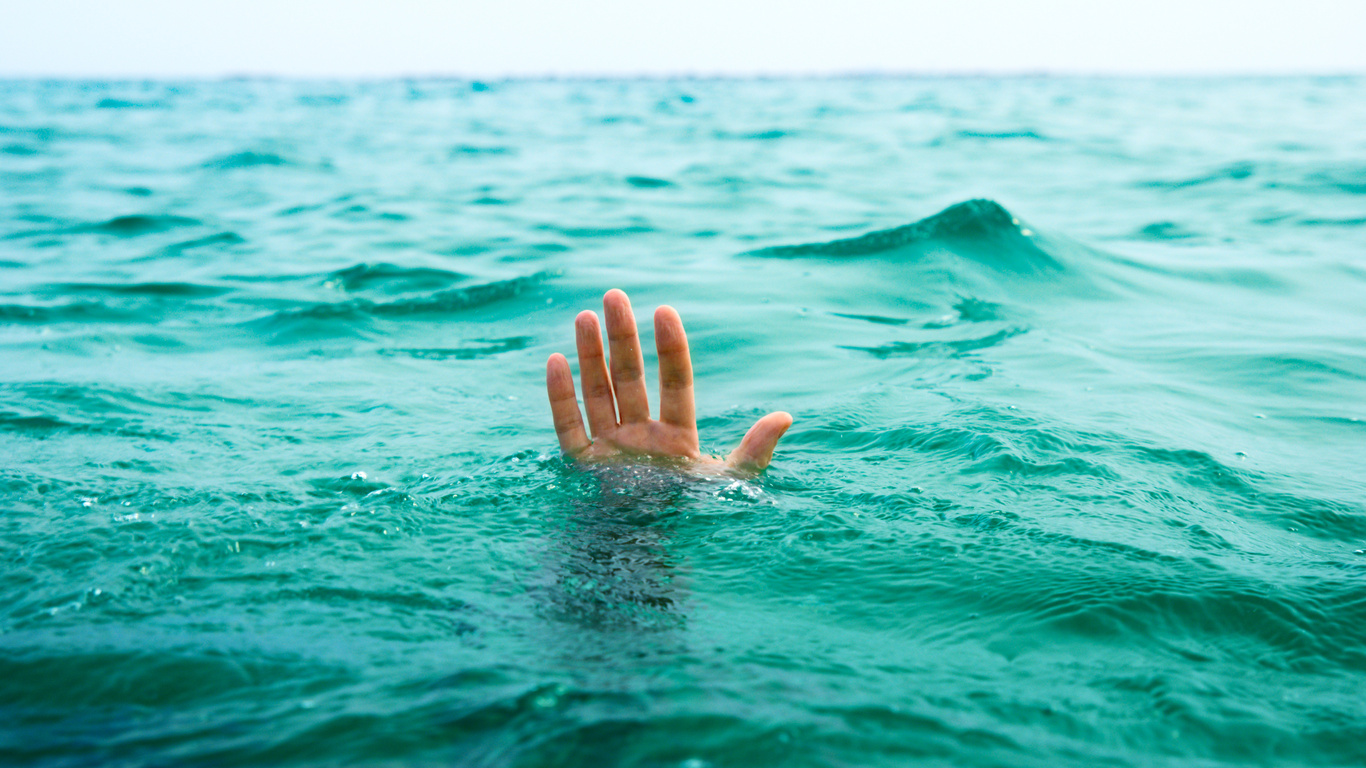Are you heading to the sea this summer? Or planning on spending some time by the pool or swimming in a lake? Swimming is really great with summer days, and even during winter days, it's an excellent exercise to stay fit. If someone gets into trouble in the water, would you know how to spot the signs?
What Happens When You Drown?
As you drown you no longer have access to oxygen, which within a couple of seconds causes injury to your brain and other organs. The exact process goes like this:
- Due to initial panic, you will automatically exert energy and use up more oxygen as you move around in the water.
- Also while under water your body will build up carbon dioxide, causing you to take in water as you are desperate to breathe.
- And this will cause you to cough or swallow as it touches your airways, as a result you will unfortunately take in even more water.
- Eventually your throat will close up to protect your lungs (known as Laryngospasm), forcing the water into the stomach.
- Soon you become unconscious because of your reduced oxygen levels, forcing your throat to relax and allowing water to enter your lungs.
- Your heart will then struggle to pump blood around your body and will eventually stop. This process is known as water-immersion injury.
Quiet Signs of Someone Drowning

It is important to know what happens when you drown and the quiet signs to spot, as it can be the different between life and death.
As the second most common cause of death in children, drowning usually occurs due to an adult not paying attention and missing the signs. As drowning is hard to spot, it is important to know the signs and always stay aware.
- They cannot call for help: People drowning will not be able to call out for help as they are taking in water and struggling to breathe in oxygen.
- They cannot wave for help: People drowning will be using their arms to attempt to push themselves out of the water but will be unable to wave them above their head.
- They will remain upright: People drowning will remain upright in the water without showing signs of kicking for up to 60 seconds before going underwater.
- They will have glassy eyes: People drowning will be unable to focus and may have their eyes closed.
- Their face will be hard to see: People drowning may not be visible due to being in and out of the water, causing hair to cover their face.
- They will be hidden by the water: People drowning may have his/her head tilted backwards or forwards as his/her mouth will be at water level
- They will be quiet: People drowning may be quieter than normal as they can no longer speak. It is best to find out why immediately.
- They may not seem in distress: People drowning may already be unconscious and therefore not moving at all. It is important to ask if they are okay and get them out of the water if they do not respond.
How to Rescue Someone Drowned
If someone has stopped breathing or no longer has a pulse after drowning they are less likely to survive. Those who do survive have most likely received immediate CPR (cardiopulmonary resuscitation), which means you breathe into their mouth and give them chest compressions. It is vital that this is provided correctly, meaning you should be trained by an instructor using a manikin. While articles on drowning can be helpful, they shouldn't be relied upon and if done incorrectly, CPR will not help.
Check for the Breathing
If you are in a situation where you need to help someone who was drowning, it is important to remain calm and find out if the person is breathing. Check to see if his/her chest is moving, also double check his/her airways as the individual may still not be getting oxygen into his/her lungs. Extend the individual’s neck, lift his/her chin and listen for signs of breathing. If you can’t hear the breathing but the chest or Adam’s apple is moving then the airway is most likely obstructed.
- If no breathing is felt
What happens when you drown is that you lose oxygen, therefore the best thing to do when someone isn’t breathing is to give 5 big breaths into his/her mouth before doing anything else. Initial CPR guidelines stated that you must provide the person with chest compressions followed by two rescue breaths, however this information has now changed as providing oxygen is crucial. While it may be difficult to get the person breathing (due to water in the lungs) it is important to keep trying to provide the person with oxygen.
If the person begins breathing again check the pulse to ensure the oxygen is moving around the body. To do this place your fingers on their Adam’s apple and move it to the side to feel it beating.
- If you can't feel a pulse
If you can’t feel a pulse then you need to begin CPR immediately, which means giving 30 chest compressions followed by two rescue breaths continuously. This needs to be done repeatedly until the emergency services arrive to take over.
Even if you are not 100% sure if the person has a pulse you should start CPR anyway, as this will pump his/her blood and oxygen around the body for the person.
This is a tiring procedure so you should swap over with someone else to stop yourself from becoming exhausted.
